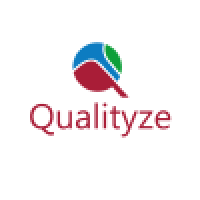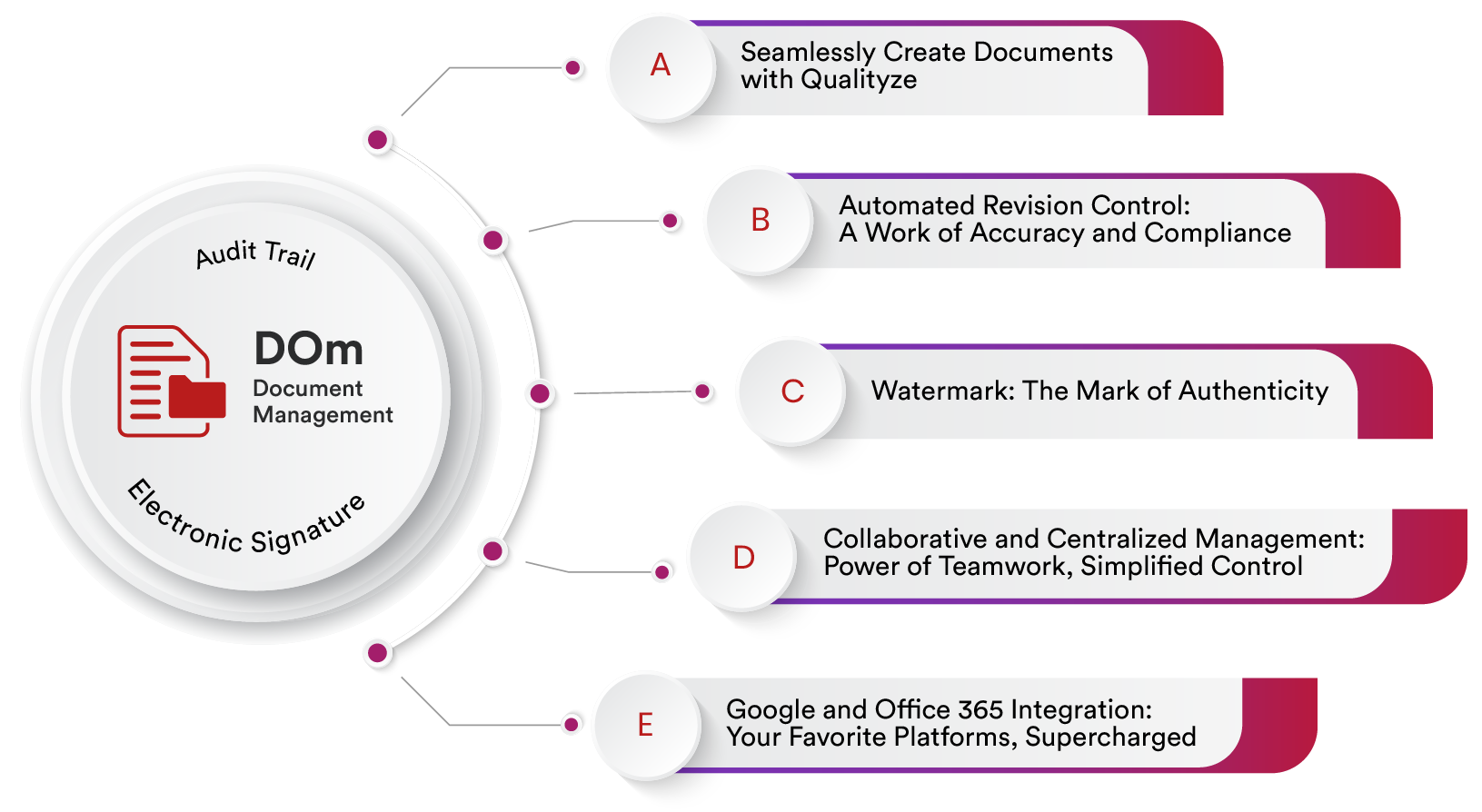Implementation of Change Management in Healthcare

Strong 8k brings an ultra-HD IPTV experience to your living room and your pocket.
Healthcare faces constant change. New technologies, evolving regulations, and shifting patient needs drive this dynamic environment. Navigating these changes smoothly requires a strategic approach. This is change management in healthcare. It means systematically guiding an organization from its current state to a desired future state. It involves careful planning, clear communication, and support for people impacted by the changes. It addresses the technical aspects of change while also focusing on the human element, ensuring people understand, accept, and adopt new ways of working.
Change management plays a crucial role in healthcare for many reasons. It helps integrate new practices and technologies. It ensures adherence to regulations and improves patient care. It also boosts operational efficiency, mitigates risks, and fosters collaboration among healthcare professionals. Without effective change management, organizations face significant costs. These costs include increased staff resistance, project delays, wasted resources, decreased productivity, and potential non-compliance penalties. For example, Gartner estimates poor data quality costs organizations an average of $12.9 million annually. It is particularly relevant in healthcare, where data accuracy impacts patient outcomes and operational costs. Failing to implement proper change management can also lead to staff burnout, lower morale, and higher turnover rates, ultimately affecting the quality of patient care.
Qualityze’s change management software plays a critical role in healthcare. It provides a structured platform to manage complex changes. The software streamlines workflows, automates tasks, and ensures proper documentation and approvals are in place. It helps healthcare organizations track change requests, conduct impact analyses, and assess readiness for new initiatives. Proactive approach minimizes disruptions, maintains compliance, and ultimately enhances patient safety and care delivery.
Key Challenges in Managing Change in Healthcare
Managing change in healthcare presents unique challenges. The industry’s complexity, diverse stakeholders, and direct impact on human lives make change initiatives particularly difficult. Healthcare professionals often resist new policies or technologies due to fear of the unknown, disruption to established routines, or lack of involvement in the planning process. Without proper communication and engagement, even the most well-intended changes can be derailed by resistance.
Let us discuss all the key challenges in managing change in healthcare:
Employee Resistance: Healthcare workers often resist changes. They fear new systems might disrupt their workflow. They worry about job security. The resistance to change usually stems from a lack of involvement in the change process. It also comes from deeply ingrained organizational cultures.
Communication Gaps: Poor communication can lead to misunderstandings and misinterpretations. It causes misconceptions and increases resistance. Organizations often fail to explain the “why” behind changes. This leaves staff feeling uninformed and disengaged. Effective change requires consistent, clear, and multi-channel communication.
Regulatory Compliance: The healthcare industry faces constant regulatory shifts. Adapting to these changes requires significant effort. Non-compliance can lead to penalties, legal issues, and damage to one’s reputation. Ensuring staff understand and implement new regulations is a continuous challenge.
Technological Integration: Adopting new technologies, such as Electronic Health Records (EHRs) or AI tools, is a complex process. Interoperability issues between different systems arise. Data security and privacy are major concerns. Staff need extensive training and support to use new tools effectively.
Resource Constraints: Healthcare industries often operate with limited resources. Implementing large-scale changes demands time, money, and personnel. Insufficient resources lead to shortages in supplies, outdated equipment, and inadequate facilities. This compromises care quality.
Patient Safety Risks: Any change in healthcare processes directly impacts patient safety. Improperly managed changes can introduce new risks. They can lead to medical errors or adverse events. Organizations must ensure changes enhance, not compromise, patient well-being.
Diverse Stakeholder Engagement: Healthcare involves a wide range of stakeholders. Doctors, nurses, administrators, IT staff, and patients all have different perspectives. Gaining buy-in from all groups is crucial. Their varied needs and priorities make consensus-building difficult.
The Change Management Process in Healthcare
A structured change management process helps healthcare organizations navigate transitions effectively. It ensures smooth implementation of new initiatives, minimizes disruption, and maximizes adoption. Let us discuss this process comprehensively:
Assess the Need for Change: Identify the problem or opportunity. Determine why change is necessary. Analyze current processes and desired outcomes. Gather data to support the change initiative. Clearly define the objectives of the change.
Plan the Change: Develop a detailed plan. Define the scope, goals, and timeline. Identify key stakeholders and their roles. Assess potential risks and develop mitigation strategies. Determine necessary resources, including budget and personnel.
Communicate the Change: Develop a clear and effective communication strategy to convey the change effectively. Share the “why” behind the change. Explain how it benefits the organization, staff, and patients. Utilize multiple channels for communication, including meetings, emails, and internal platforms. Provide opportunities for feedback and address concerns openly and transparently.
Implement the Change: Execute the change plan. Provide necessary training and support to staff—pilot new processes or technologies in a controlled environment. Gradually roll out changes across the organization. Monitor progress and make adjustments as needed.
Monitor and Evaluate: Track key performance indicators (KPIs) to ensure effective management. Assess the effectiveness of the change. Collect feedback from stakeholders. Identify areas for improvement. Evaluate if the change meets its objectives.
Sustain the Change: Reinforce New Behaviors and Processes. Integrate the change into the organizational culture. Provide ongoing support and training. Celebrate successes to maintain momentum. Establish mechanisms for continuous improvement.
Learn and Adapt: Document lessons learned from the change process. Apply these insights to future initiatives. Continuously refine change management strategies. Foster a culture of adaptability and continuous learning.
Core Principles of Effective Change Management
Effective change management in healthcare relies on several core principles. These principles guide organizations through complex transitions, ensuring successful outcomes. Adhering to them helps minimize resistance, foster buy-in, and sustain new practices. These principles focus on people, clear communication, and strong leadership.
Principle and Explanation
Active Leadership : Leaders must champion the change. They provide clear direction. They demonstrate commitment. Visible support from senior leaders is crucial for success. Leaders must articulate the vision. They must explain the benefits of the change.
Clear Communication : Transparent communication is essential. It must happen throughout the entire process. Explain the reasons for change. Describe expected benefits. Detail how the change impacts various stakeholders. Use multiple channels. Encourage open dialogue. Address concerns promptly. Be honest, even when facing difficulties.
Stakeholder Engagement : Involve all affected individuals early. Clinicians, IT staff, and administrators must participate. Early involvement increases ownership. It builds commitment. Create a change champion network. This group helps bridge gaps. It gathers feedback. It disseminates information.
Comprehensive Training : New technologies or processes require new skills. Provide thorough education and training programs. Ensure end-users are equipped. They must navigate the transition smoothly. Offer tailored, role-based training. Ensure continuous learning.
Flexibility and Adaptability : Change is rarely linear. Unforeseen challenges will arise. Healthcare IT leaders must remain flexible. They must adjust their approach as needed. This means revisiting timelines. It means reallocating resources. It means refining strategies based on feedback.
Measurement and Reinforcement : Define clear targets. Track progress against them. Measure success using specific metrics. Recognize and reward individuals and teams. Celebrate milestones. Acknowledging success encourages continued momentum. It helps individuals adapt to changing processes.
Focus on Culture : Culture significantly influences change adoption. Foster a culture that embraces continuous improvement. Encourage innovation. Address cultural barriers. Align new practices with organizational values. This ensures long-term sustainability.
Popular Change Management Models Used in Healthcare
Several established change management models offer frameworks for guiding healthcare organizations through transitions. Each model provides a distinct perspective and approach. Organizations often adapt these models to fit their specific needs. These models provide structured approaches. They help manage the human side of change.
Kotter’s 8-Step Change Model: John Kotter’s model is widely used. It emphasizes creating urgency. It involves forming a powerful guiding coalition. The model then focuses on developing a vision. Communicating this vision broadly is crucial. It empowers others to act. It creates short-term wins. Consolidating improvements follows. Finally, it anchors new approaches in the culture. This model provides a systematic approach for large-scale organizational change.
Lewin’s Change Management Model: Kurt Lewin’s model presents a three-stage process. The first stage is unfreezing. It prepares the organization for change. It involves challenging existing practices. The next stage is change, which consists of the implementation phase. New behaviors, processes, or systems are introduced. The final stage is refreeze. It solidifies the latest changes. It integrates them into the organization’s culture. This model helps to stabilize new practices.
ADKAR Model: The ADKAR model focuses on individual change and development. It defines five building blocks for successful change: Awareness of the need for change, Desire to participate in and support the change, Knowledge of how to change, Ability to implement the change, and Reinforcement to sustain the change. This model helps address resistance at the individual level. It ensures people are ready and willing to adopt new ways.
McKinsey 7-S Framework: This model helps analyze organizational effectiveness. It identifies seven interdependent elements: Strategy, Structure, Systems, Shared Values, Skills, Staff, and Style. All elements must align for successful change to occur. This framework helps healthcare organizations identify areas needing adjustment. It ensures all aspects support the desired change.
Nudge Theory: The Nudge Theory proposes subtle interventions. These interventions influence behavior without coercion. In healthcare, this means designing environments or communications. These designs encourage positive health behaviors. They promote adherence to new protocols. For instance, subtle reminders or default options can “nudge” staff towards desired actions. This approach can complement other models.
Conclusion
Change management in healthcare is critical. It enables healthcare organizations to adapt, innovate, and thrive in an increasingly complex and evolving landscape. Effectively managing change is crucial for patient safety, operational efficiency, and staff morale. It ensures regulatory compliance and fosters continuous improvement.
Qualityze EQMS Suite has change management software offers a powerful solution. It helps healthcare organizations navigate these complexities. The software streamlines workflows, automates approvals, and delivers robust tracking and reporting capabilities. It ensures that changes are implemented systematically, and they adhere to strict industry standards. Qualityze EQMS Software helps organizations build a culture of preparedness. It promotes adaptability and supports ongoing improvement.
Note: IndiBlogHub features both user-submitted and editorial content. We do not verify third-party contributions. Read our Disclaimer and Privacy Policyfor details.



